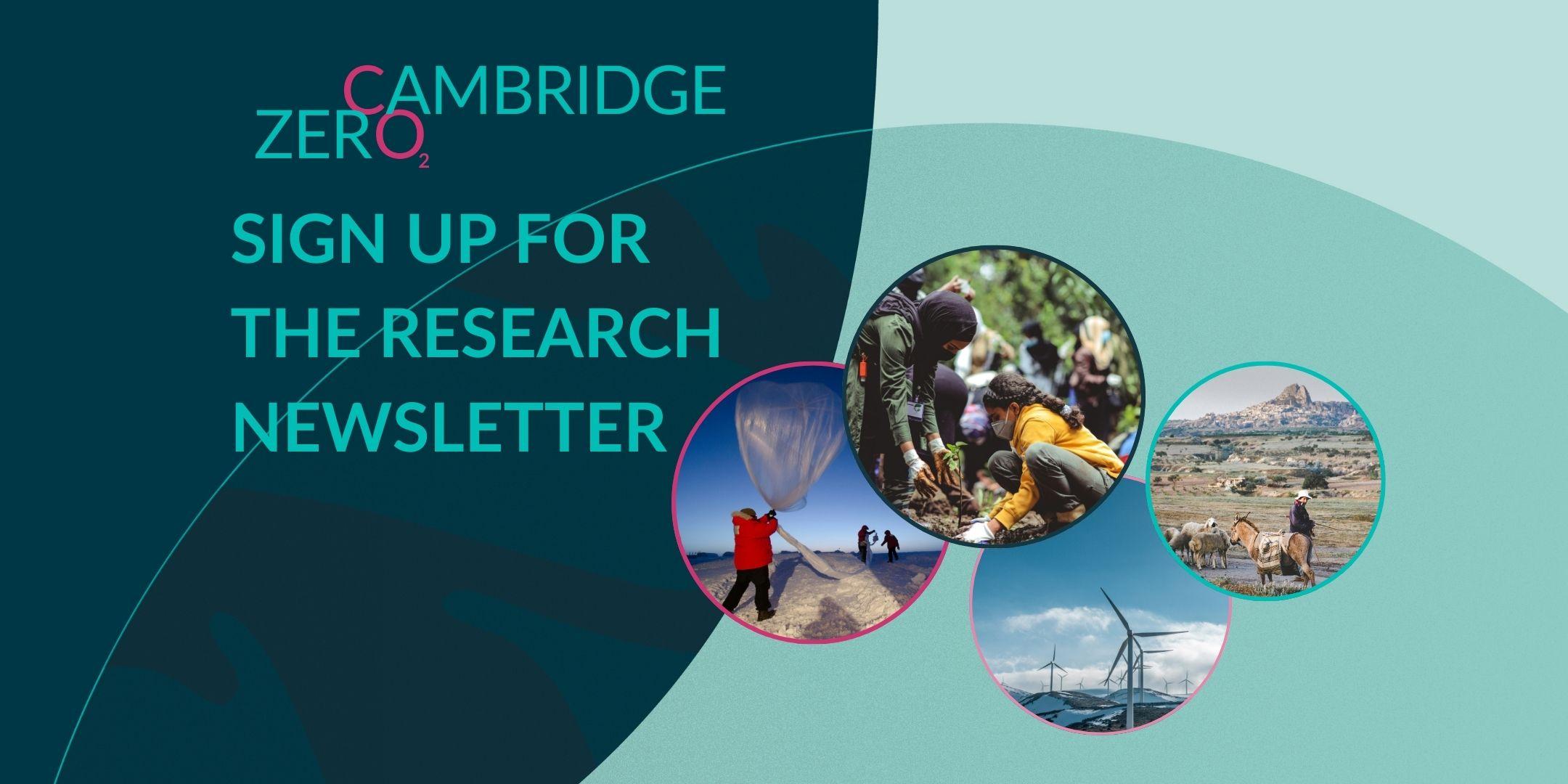Raising voices
Young people, families with little children, teachers with groups of students, the elderly, representatives of indigenous communities… Climate marches are no longer a scream from the youth, traditionally viewed as less-risk averse, more innovative, impulsive, eager or even rebellious. The Climate March that we have seen this morning 6th of November in Glasgow is an example of that. The day has started with the worse weather since the beginning of COP26 last Sunday. However, that has not prevented thousands and thousands of people to unite at noon on the premises of the Kelvingrove Park. The Global Day for Climate Justice has started with this protest that has congregated, according to estimations, more than 50,000 people from all over the world and from very diverse demographics. This is not only the desire of climate activists; it is the demand of a society that understands there is no future if action is not taken now. The risks and costs of inaction are way bigger than the risks and costs of acting now, both environmentally but also economically (Sanderson and O’Neill, 2020).
In a day in which the premises of the official COP26 venue are quieter, the noise and demands are outside, on the streets, where citizens seem to embrace and understand the scientific evidence far better than their governors in charge of the negotiations. The people are speaking: “Time is running out”, “There is no planet B”, “System change not climate change”. These are some of the messages we saw this morning along the 3 miles that separate Kelvingrove Park from Glasgow Green when the climate march had its finish line. As a participant, I have felt this “protest” has been a celebration: a celebration of life, of nature, of diversity, of plurality. It has been exciting and thrilling being part of a massive group of people rising their voices for just and fair solutions to the climate crisis.
The new and updated nationally determined contributions, although welcomed, are far away from leading us to what scientific evidence, on the words of the IPCC, is telling us. According to the UN, the new pledges, as per the last plans presented by the parties last Wednesday, would increase emissions by 13.7% by 2030. But, emissions need to fall by 45% by 2030 if we want to keep in track to limit global warming by the end of the century to 1.5C. A scenario of 2C global warming would imply a twofold increase in the risk of river flooding with highest risks in US, Asia and Europe (Alfieri et al. 2017), over 50% of the global population exposed to deadly heat for more than 20 days per year (Mora et al. 2017) or longer draughts (Naumann et al. 2018), among many other negative effects.
People are demanding solutions, and they are rightly doing so. The action that is being taken is necessary but way insufficient. The scientific evidence support this statement (UNFCCC, 2021). Let’s get listened.
-
Sanderson, B.M., O’Neill, B.C. Assessing the costs of historical inaction on climate change. Sci Rep 10, 9173 (2020). https://doi.org/10.1038/s41598-020-66275-4
-
Alfieri, L., Bisselink, B., Dottori, F., Naumann, G., de Roo, A., Salamon, P., Wyser, K. and Feyen, L. (2017), Global projections of river flood risk in a warmer world. Earth's Future, 5: 171-182. doi:10.1002/2016EF000485
-
Naumann, G., Alfieri, L., Wyser, K., Mentaschi, L., Betts, R. A., Carrao, H., et al. (2018). Global changes in drought conditions under different levels of warming. Geophysical Research Letters, 45, 3285– 3296. https://doi.org/10.1002/2017GL076521
-
Mora, C., Dousset, B., Caldwell, I. et al. Global risk of deadly heat. Nature Clim Change 7, 501–506 (2017). https://doi.org/10.1038/nclimate3322
-
UNFCCC, 2021. Nationally determined contributions under the Paris Agreement Synthesis report by the secretariat. Access online: https://unfccc.int/sites/default/files/resource/cma2021_08_adv_1.pdf


